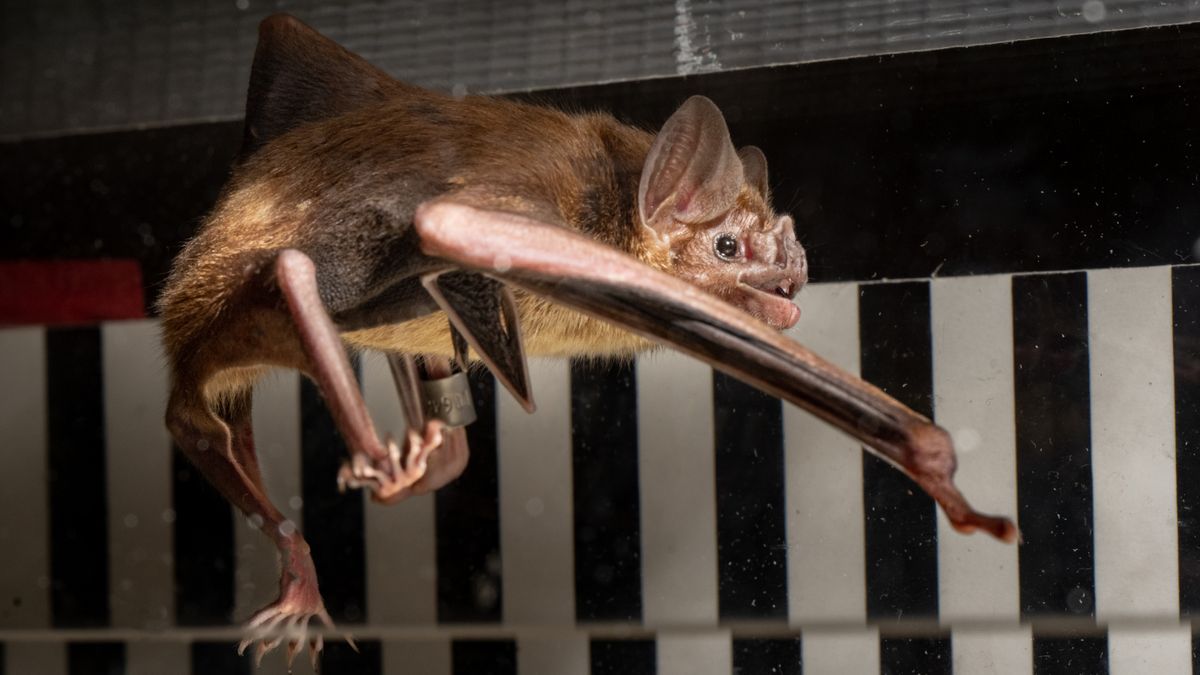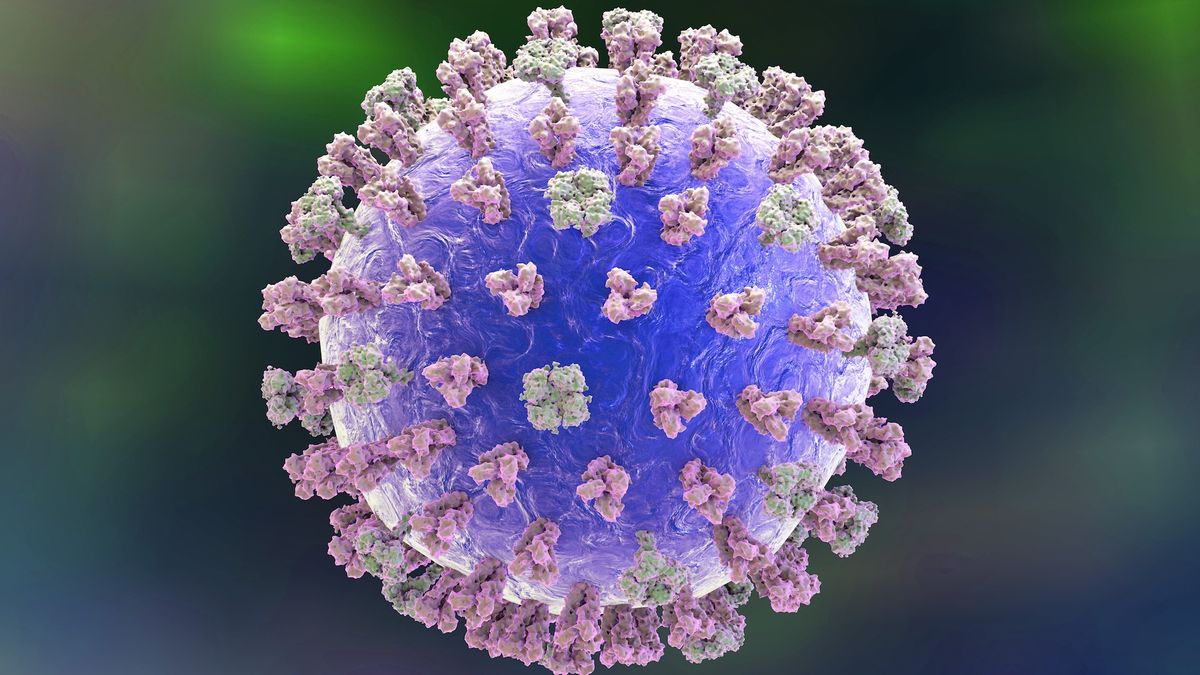Scientists have discovered the trigger that makes inflammation spiral out of control for some children after a COVID-19 infection.
It turns out, the immune system mistakes a protein made in most parts of the body as foreign because it mimics one that forms part of SARS-CoV-2, the virus that causes COVID-19.
The condition, called multisystem inflammatory syndrome in children (MIS-C), was first identified early in the pandemic in a small percentage of children who recovered from COVID-19.
Many of these children were initially asymptomatic during a bout with the viral infection but, two to six weeks later, had life-threatening, runaway inflammation in the heart, brain, skin, blood or digestive system.
Related: Rare clotting effect of early COVID shots finally explained
MIS-C always comes with a fever, but it can also cause weakness, dizziness, stomach pain or rash.
Until recently, scientists weren’t sure exactly how COVID-19 and MIS-C were linked or why the immune system might turn on the body after an infection. To understand what drives inflammation in MIS-C, researchers profiled the immune systems of 199 children with MIS-C and 45 who recovered without developing the condition.
The study, published Aug. 7 in the journal Nature, revealed 30 autoantibodies — antibodies that target a person’s own body instead of a foreign invader — that were present in patients with MIS-C but not in those without the condition.
The autoantibodies with the strongest profile targeted a protein called SNX8, which is found in almost every part of the body because of its role in sorting and transporting molecules within cells.
It turned out that part of the coronavirus’ “nucleocapsid protein” closely resembles the part of SNX8 that’s targeted by these autoantibodies. The nucleocapsid protein is part of the virus’ outer shell, which encases its genetic material. This similarity raised the possibility that, in some patients, the immune system was mistaking SNX8 for its SARS-CoV-2 lookalike and, therefore, was attacking tissues that expressed it.
To buttress this theory, the team studied T cells, which recognize and kill virus-infected cells in the body, from patients with and without MIS-C. Only T cells from MIS-C patients reacted to both SARS-CoV-2 and SNX8, supporting the mistaken-identity hypothesis. The discovery may offer new approaches to diagnosing the condition going forward.
However, SNX8 is unlikely to be the whole story behind MIS-C.
“We believe a number of rare factors come together to allow someone to get MIS-C,” senior author Joseph DeRisi, a professor of biochemistry and biophysics at the University of California, San Francisco (UCSF), told Live Science. “Antibodies are one part of that but not the only part.”
Either way, MIS-C is much less of a problem than it once was.
“The fascinating thing is that MIS-C has largely vanished, except in children who are unvaccinated or whose vaccines have waned,” said Dr. Aaron Bodansky, study first author and a pediatric critical care fellow at UCSF. “If you predispose the immune system [to SARS-CoV-2] by vaccinating, it won’t have as much time to develop this unusual response.”
However, declining vaccination rates with new, updated COVID-19 vaccines may signal trouble ahead. “I think that’s a serious concern,” DeRisi said. “If that trend goes up, I expect we would see MIS-C increase.”
For now, they aim to use their study as a model to understand other autoimmune or inflammatory conditions that may be triggered by viral infections, like diabetes or multiple sclerosis.
This article is for informational purposes only and is not meant to offer medical advice.
Ever wonder why some people build muscle more easily than others or why freckles come out in the sun? Send us your questions about how the human body works to [email protected] with the subject line “Health Desk Q,” and you may see your question answered on the website!














